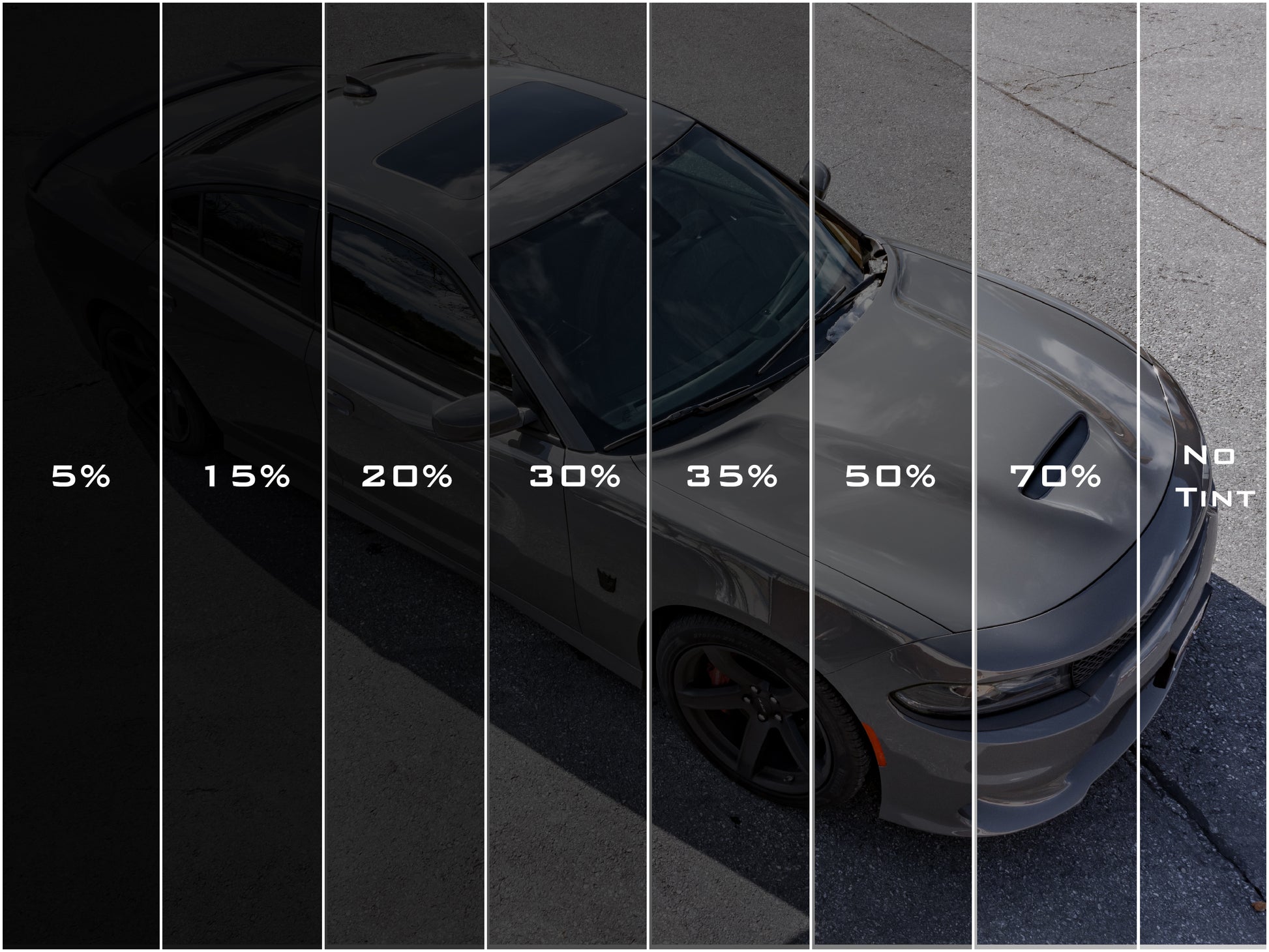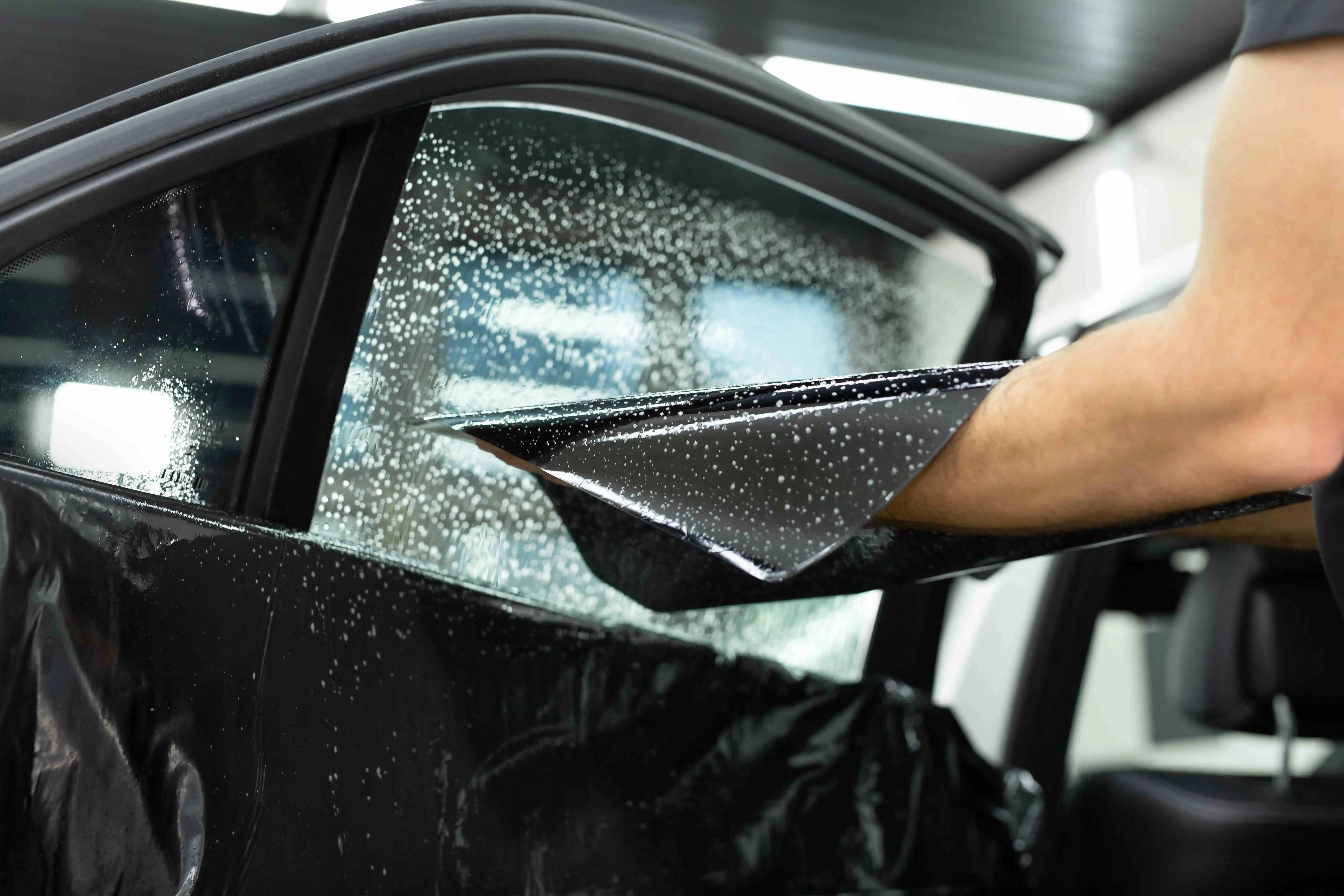Auto Window Tinting: Long-Lasting Protection for Your Cars and truck's Windows
Auto Window Tinting: Long-Lasting Protection for Your Cars and truck's Windows
Blog Article
Home Window Tinting Laws and Guidelines: What You Required to Know Prior To Tinting Your Cars And Truck
Before waging window tinting for your automobile, it is important to familiarize yourself with the diverse legislations and standards that govern this technique across different states. These regulations dictate the allowable levels of color darkness, commonly measured by noticeable light transmission (VLT) percents, and consist of specific terms for front windshields focused on guaranteeing road security. Furthermore, specific jurisdictions might supply clinical exceptions for individuals with certifying conditions. Recognizing these intricacies can conserve you from possible lawful implications, but what are the particular policies in your state?
Overview of Window Tinting Rules
Window tinting laws are frequently based on variant across various jurisdictions, reflecting local regulations and safety and security factors to consider. These laws determine the permitted degrees of tint darkness and reflectiveness on automobile home windows, making certain that drivers maintain appropriate visibility while likewise protecting versus unsafe UV rays and warm.
The majority of policies identify window tinting based on the Visible Light Transmission (VLT) percent, which suggests the amount of light that can go through the window. Normally, lower VLT portions signify darker colors. Regulations frequently set apart between the front, side, and back home windows, with more stringent limitations used to the front windscreen to enhance security for both the chauffeur and other road customers.
In addition, some territories impose limitations on the reflectivity of the color, stopping too much glow that can harm visibility. Exceptions to these laws might exist for individuals with particular clinical problems calling for added sunlight defense. Compliance with home window tinting policies is crucial, as infractions can lead to fines, compulsory removal of the tint, and possible increases in insurance premiums. Consequently, it is vital for lorry proprietors to acquaint themselves with regional regulations prior to continuing with home window tinting installations.
State-by-State Tint Regulations
Recognizing the details window tinting guidelines in each state is crucial for automobile owners seeking to adhere to the legislation. Each state in the U.S. has actually developed its very own set of regulations governing window tinting, which can vary substantially. These policies commonly determine the allowable levels of tint darkness, the types of home windows that can be tinted, and any kind of medical exemptions that might use.
For instance, states like California have strict constraints on color darkness for front home windows, while others, such as New Mexico, might enable darker colors. In addition, particular states mandate certain presence percentages for various windows, including the windscreen, front side home windows, and rear home windows. It is crucial for cars and truck proprietors to acquaint themselves with their state's regulations to prevent potential penalties or fines.
Furthermore, some states may call for a certification sticker label to be positioned on colored windows, suggesting conformity with state laws. Failure to follow these policies not only takes the chance of lawful effects but can also impact safety and visibility while driving. For that reason, vehicle owners ought to carry out complete research or seek advice from local authorities to ensure full understanding and compliance with state-by-state color policies.
Allowed Tint Degrees and Types
Many lorry proprietors may be shocked to learn that allowed color degrees and types differ extensively across various states. Each state has actually developed its own policies relating to the permitted darkness and reflectivity of home window tint, usually gauged by Visible Light Transmission (VLT) percentages. VLT describes the amount of light that can pass with the colored windows; hence, a lower percent shows a darker tint.

In addition, the sorts of color products allowed can differ, with some states restricting mirror-like or metallic coatings. It is important for lorry proprietors to acquaint themselves with their state's particular regulations to guarantee compliance. Non-compliance can lead to penalties, mandatory removal of the color, or other legal effects, making it critical to understand these policies before continuing with installment.
Medical Exemptions for Tinting
While not all states give allocations for clinical exceptions pertaining to window tinting, those that do identify the requirement for certain individuals to improve presence and convenience as a result of medical problems. Different clinical conditions, such as lupus, skin cancer, and particular eye conditions, can render people particularly conscious sunlight. These people might require darker tints to secure themselves from hazardous UV rays and glow.

It is vital to keep in mind that despite having a clinical exemption, there might still be restrictions on the level of tint enabled. Conformity with state regulations guarantees that individuals are both secured and within legal limits. Those thinking about medical exemptions must contact their neighborhood Division of Electric motor Autos or equivalent authority to comprehend the needs and treatments necessary to request an exception effectively.
Fines for Non-Compliance
Falling short to comply with window tinting laws can lead to substantial navigate to these guys fines, which vary by state. Police are equipped to provide citations for lorries that do not stick to the defined tinting policies. These penalties commonly include penalties, which can range from small total up to numerous hundred dollars, depending upon the seriousness of the violation and the state in question.
In some territories, repeated offenses may result in rising penalties or extra charges, such as necessary court looks. Non-compliance might necessitate the elimination of prohibited tinting, often at the proprietor's expense. In severe cases, regular culprits might encounter suspension of their automobile enrollment till conformity is accomplished.
Furthermore, insurance policy effects may arise from getting multiple citations for window color violations. Insurance firms might view such violations as an indicator of riskier behavior, possibly bring about increased costs or difficulty in protection.
To avoid these fines, it is critical for vehicle proprietors to acquaint themselves with their regional home window tinting legislations and guarantee that their automobile complies (Window Tinting). This proactive approach not only avoids legal implications yet additionally promotes road security
Verdict

Many regulations categorize home window tinting based on the Visible Light Transmission (VLT) percent, which suggests the amount of light that can pass through the home window. Conformity with home window tinting laws is vital, as offenses can result in fines, compulsory removal of the tint, and possible boosts in insurance costs.Comprehending the particular window tinting laws in each state is crucial for lorry proprietors looking for to abide with the law. These laws often dictate the permitted degrees of tint darkness, the kinds of home windows that can be tinted, and any clinical exemptions that may use.
For circumstances, states like California have strict restrictions on tint darkness for front windows, while others, such as New Mexico, might allow darker colors.
Report this page